September 2023 – ICOM-CC conference Valencia
The achievements of the first masterclass were presented at the conference. Emilie Froment, project leader of the Dutch Method Unfolded, together with Melissa Daugherty, Esther van Duijn, and Ella Hendriks, prepared a poster for the event. It is added in the resource page.
July 2023 – Getty Foundation Conserving Canvas Workshops, review by Jelena Zagora in IIC News in Conservation
Dear participants and lecturers,
In June 2023, the masterclass made the cover of the IIC News in Conservation. We are grateful to Jelena who published an article on her participation to two workshops as part of the Conserving Canvas initiative including The Dutch Method Unfolded.
All best wishes,
July 2023 – The Dutch Method Unfolded: A masterclass on wax-resin lining, a review of the program’s achievements, NICAS colloquium online, June 2023
Dear participants and lecturers,
On the 1st of June 2023, Melissa and I presented the achievements of the masterclass were presented at the NICAS colloquium. Maybe you missed it. So here is the video of it.
All best wishes,
June 2022 – The Masterclass
From the 7th until the 17th of June the masterclass took place in Amsterdam. Fifteen participants from ten different countries came together to take part. We had workshops, museum and depot visits, lectures, group discussion sessions and social events. At the end of the masterclass we parted ways with new insights, inspiration for further research and having forged new connections.
The presentations by the lecturers and the participants will soon be posted online.
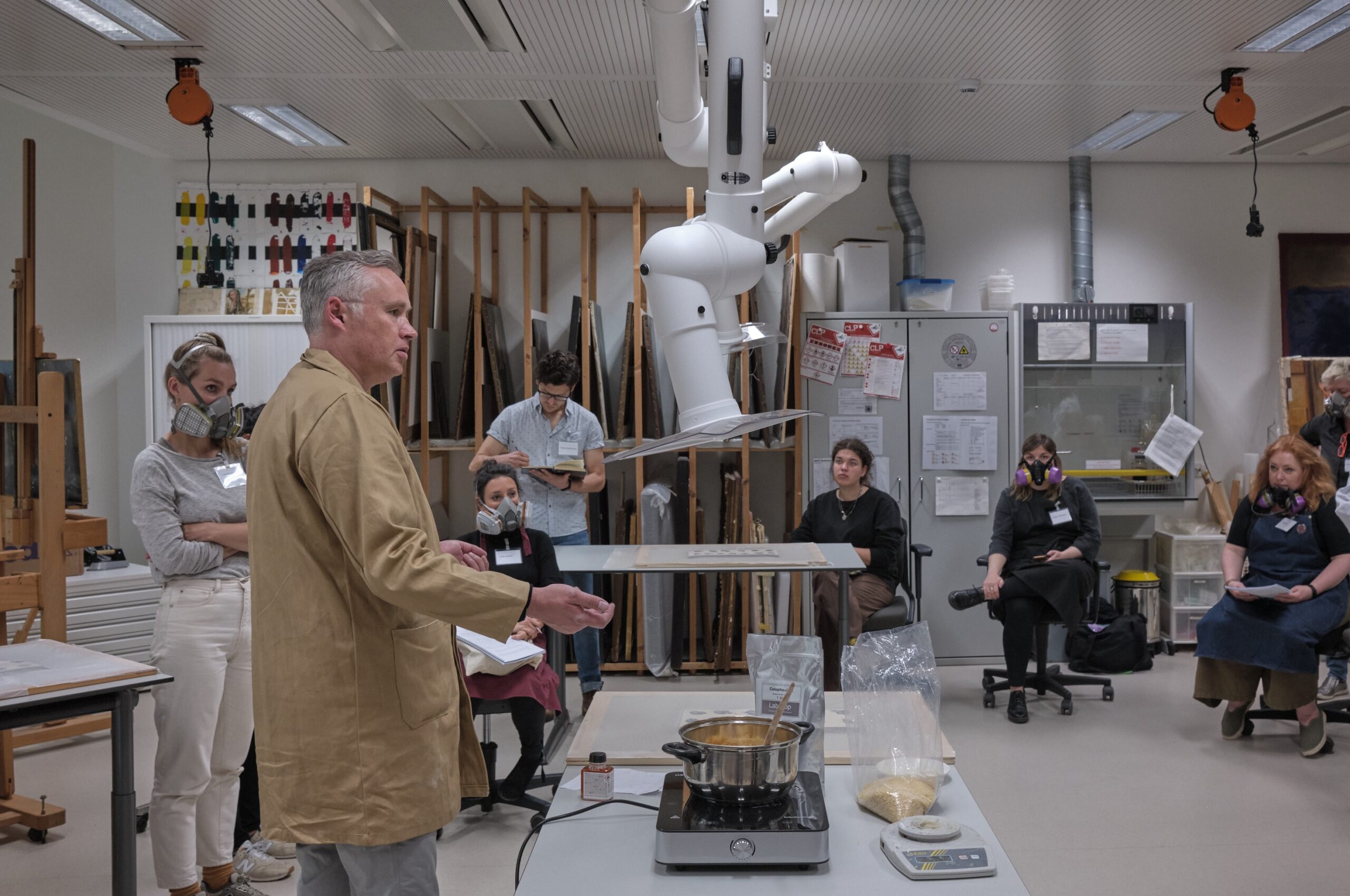
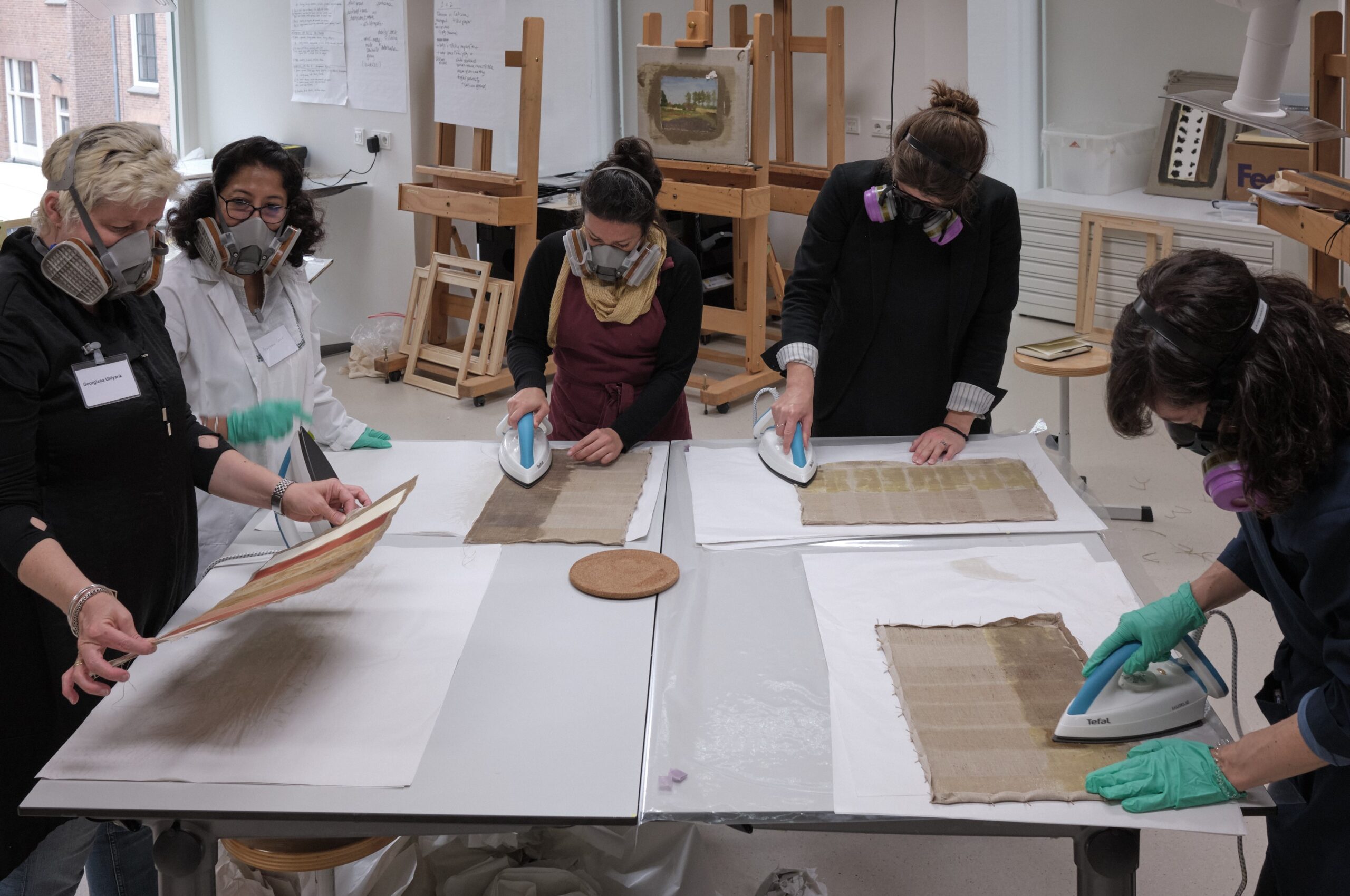
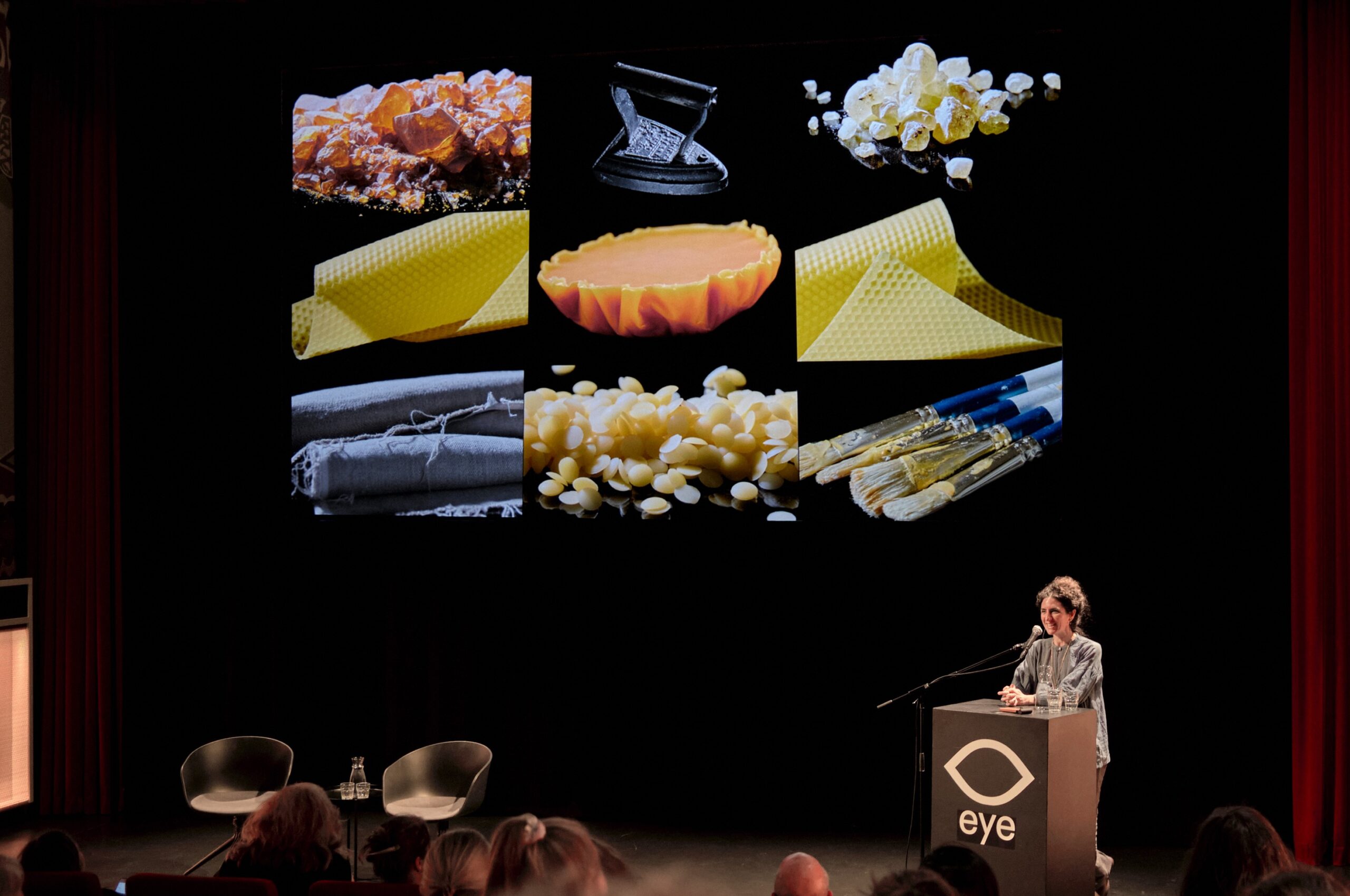
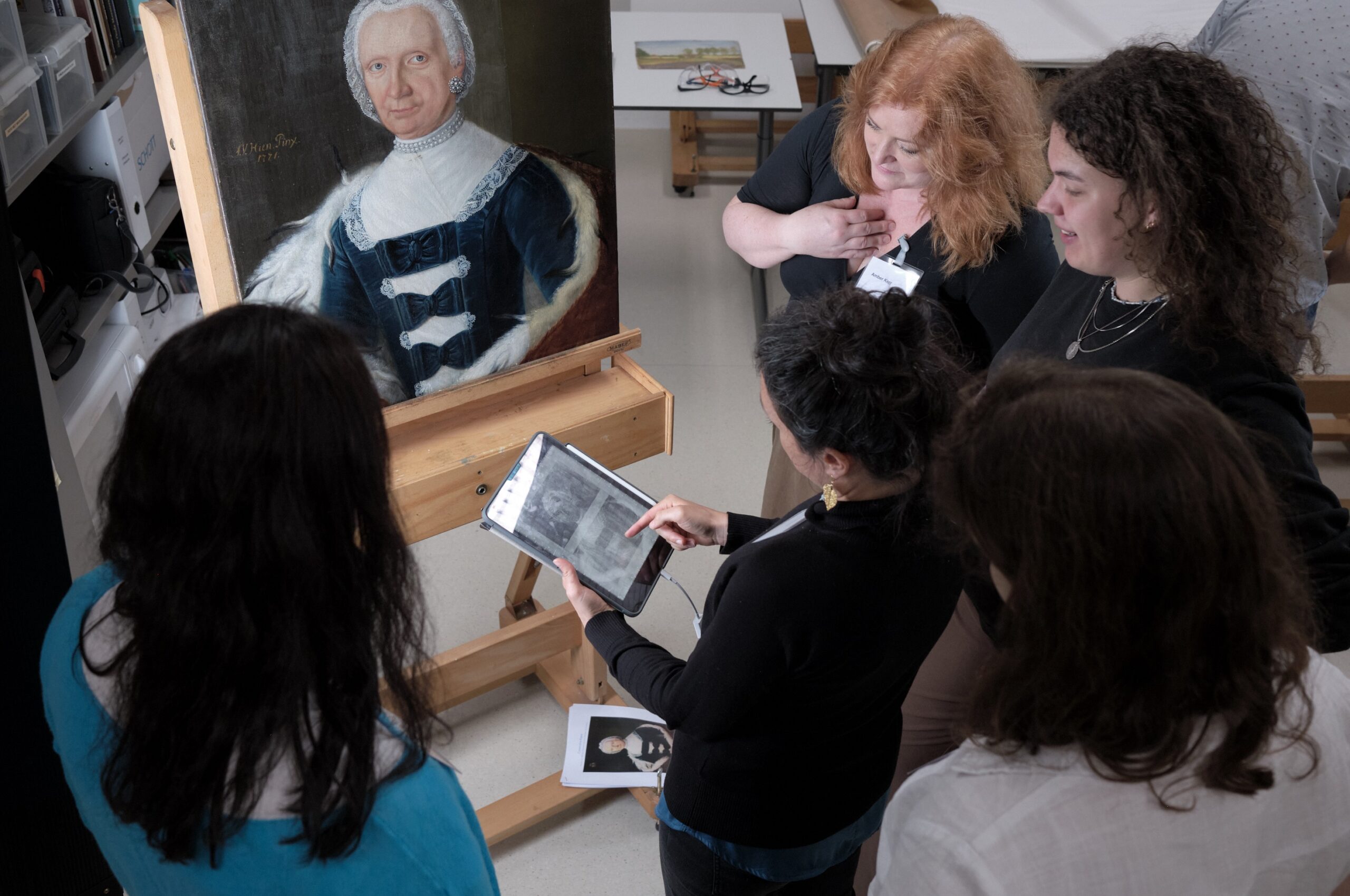
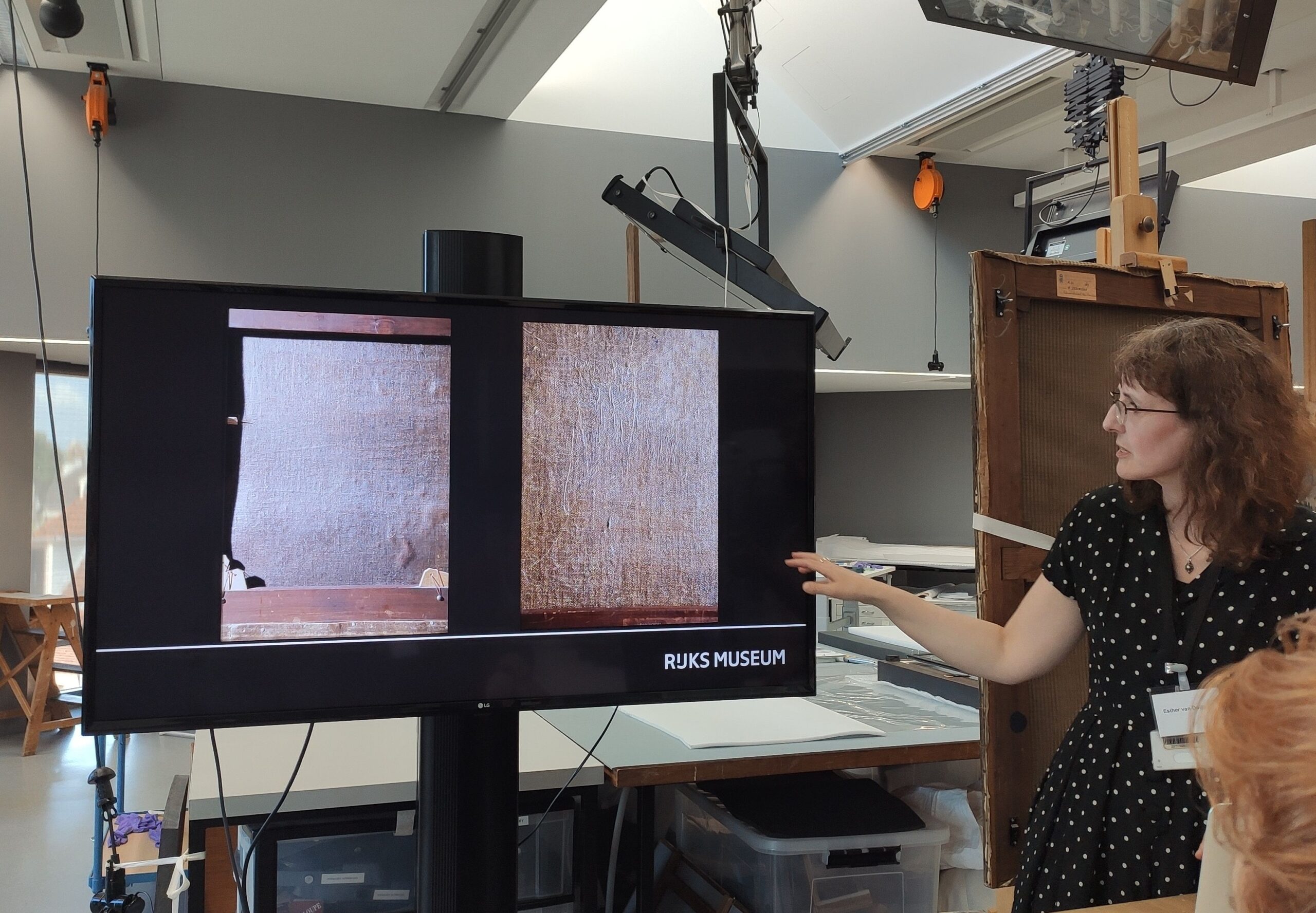
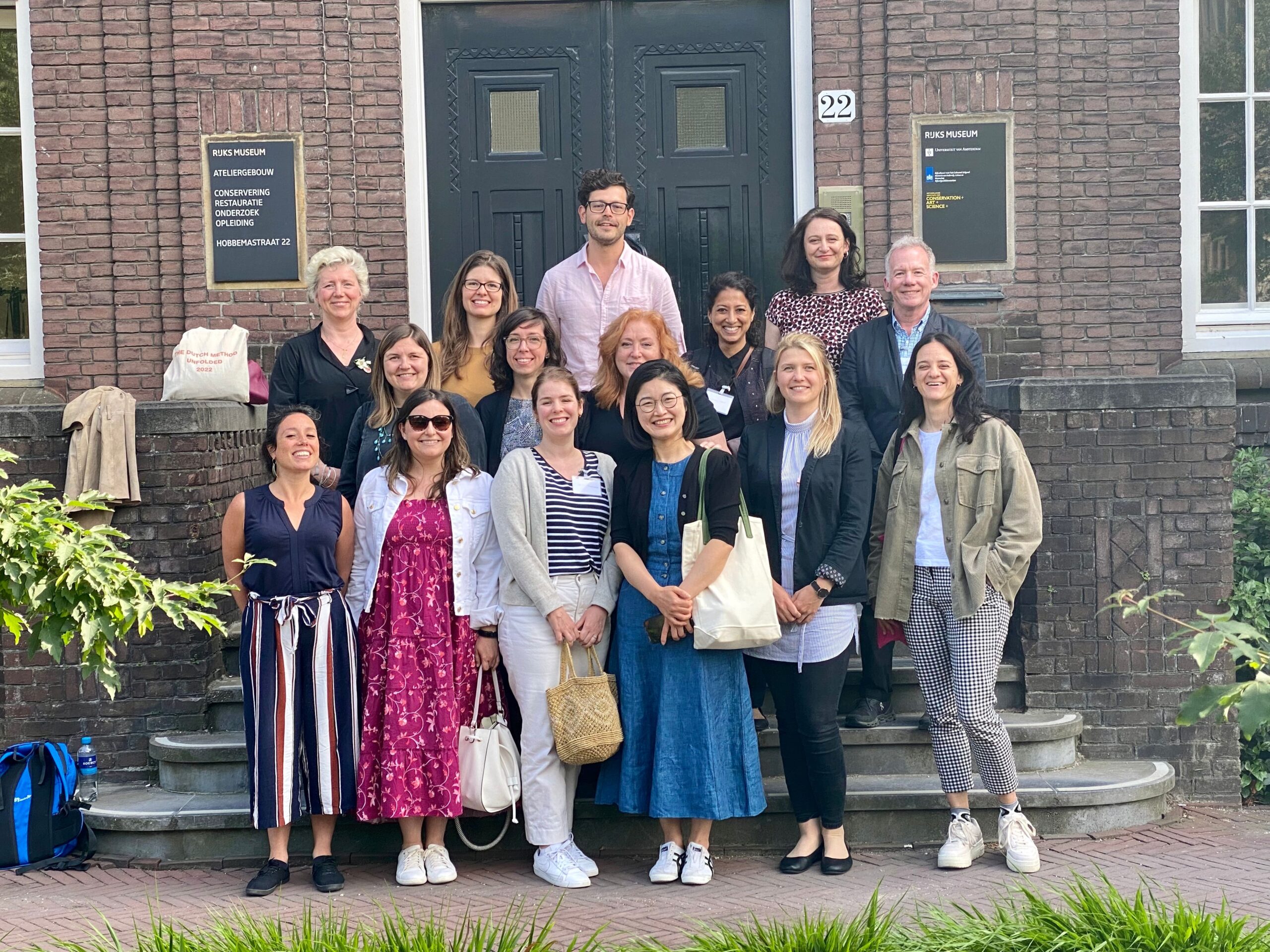
Photo’s by Jerome Schlomoff
May 2022 – It’s going to happen
We are very happy to announce that the masterclass can finally happen! The participants are coming to Amsterdam from the 7th until the 17th of June 2022.
We will be visiting the conservation studios of the museums: Frans Hals Museum, Rijksmuseum, Boijmans van Beuningen Museum, Van Gogh Museum, Amsterdam Museum and Mauritshuis The Hague. There will be lectures and practical workshops, as well as group discussions. We have some great events organized, such as a historical film screening at The Eye Filmmuseum in Amsterdam.
The program is available through this link: Documents. The list of participants and the program of the presentations is also available in ‘Documents‘. The document page will be updated regularly with information.
A kind reminder to watch all the available material before attending the workshop: Lectures.
There are two new lectures added: one by Saskia van Oudheusden from the Van Gogh Museum and one by Esther van Duijn from the Rijksmuseum. To go to the video’s click here.
See you in Amsterdam this June.
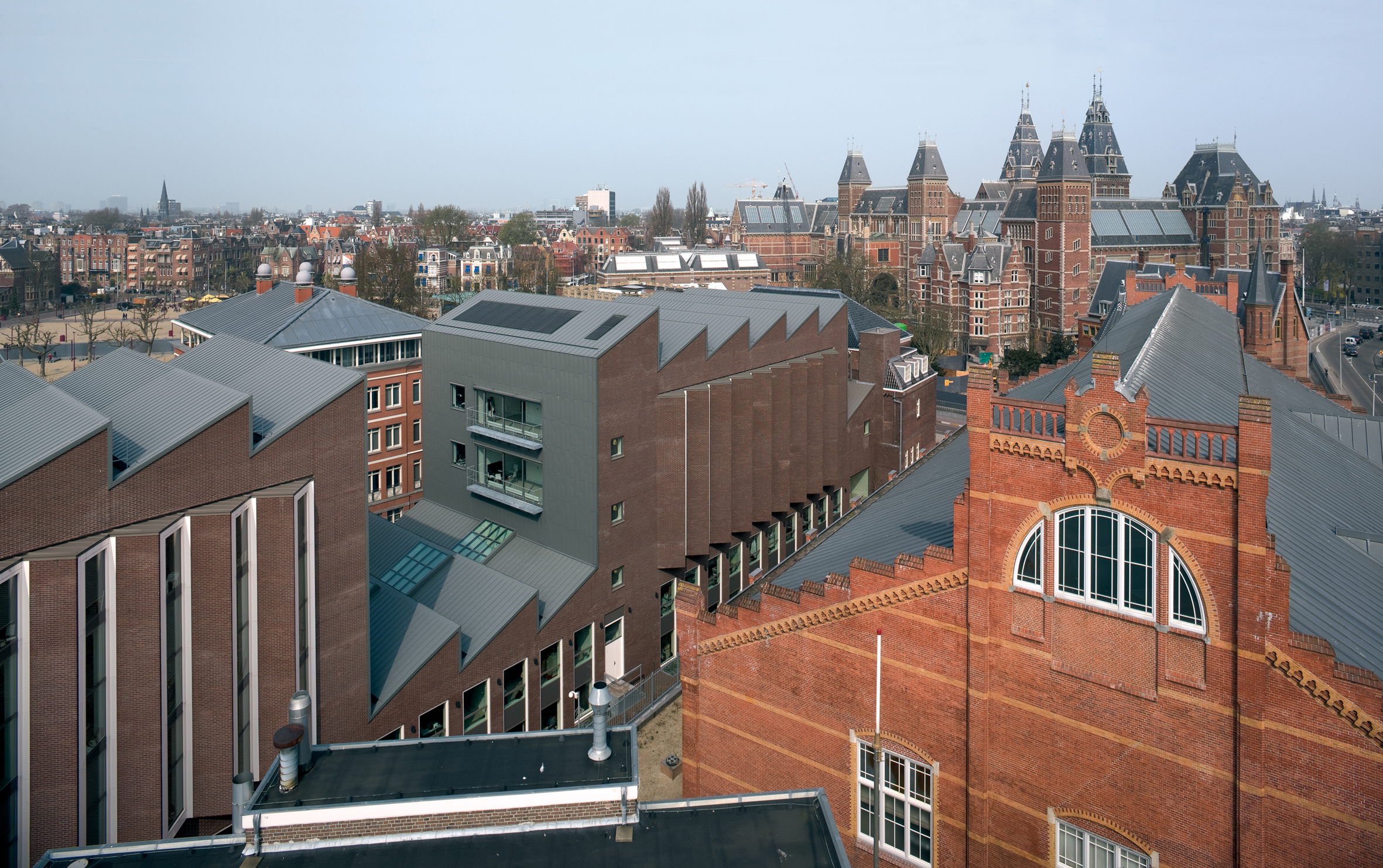
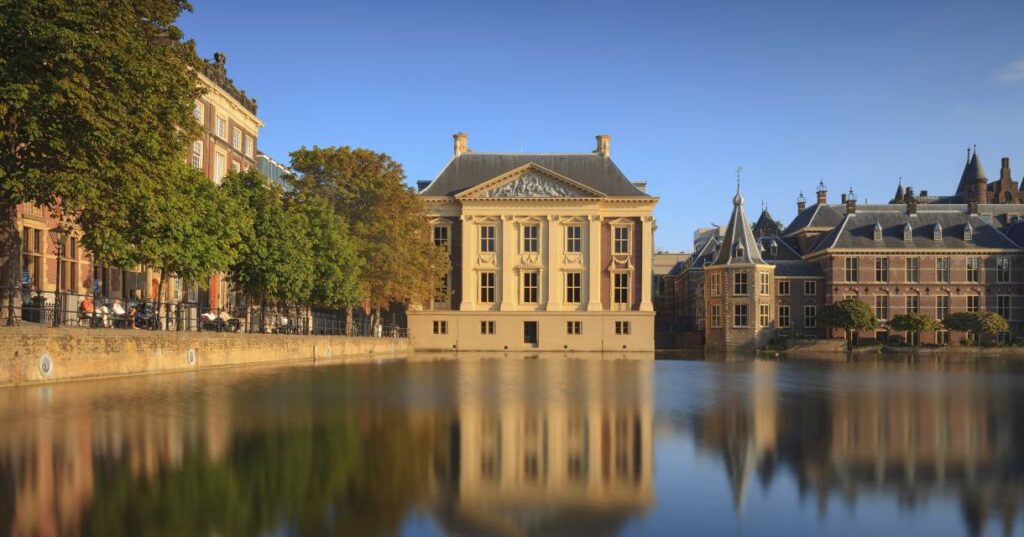
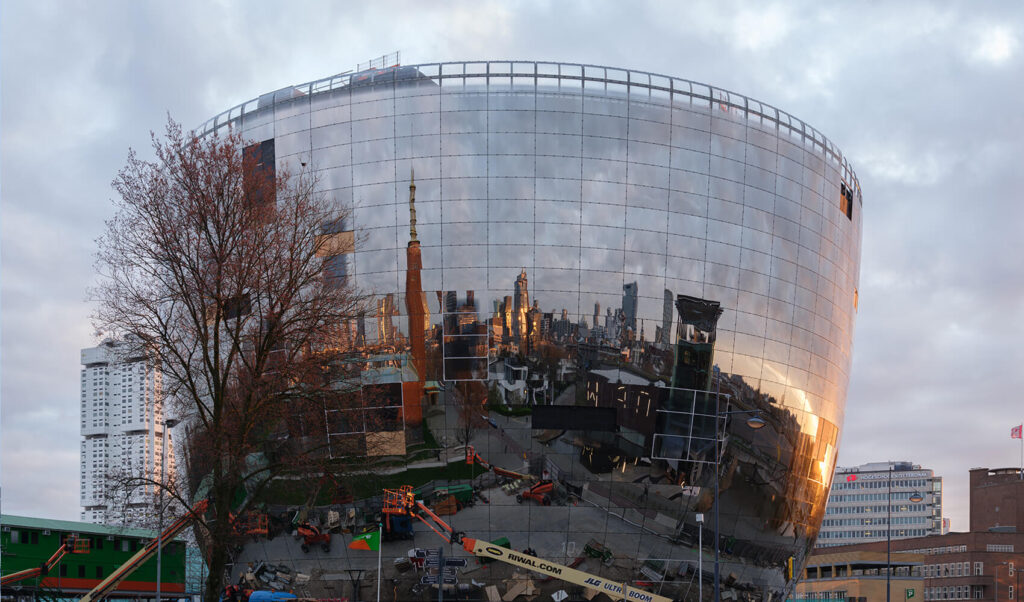
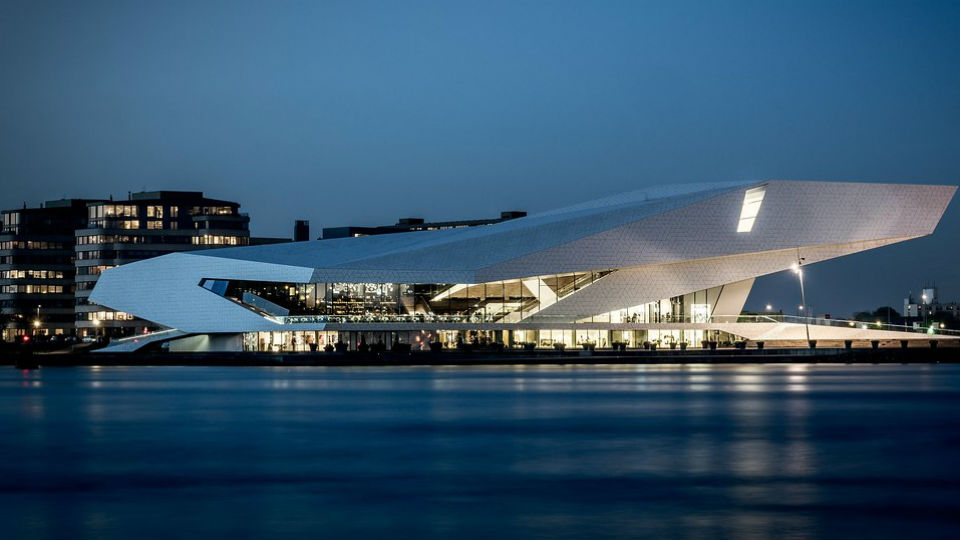
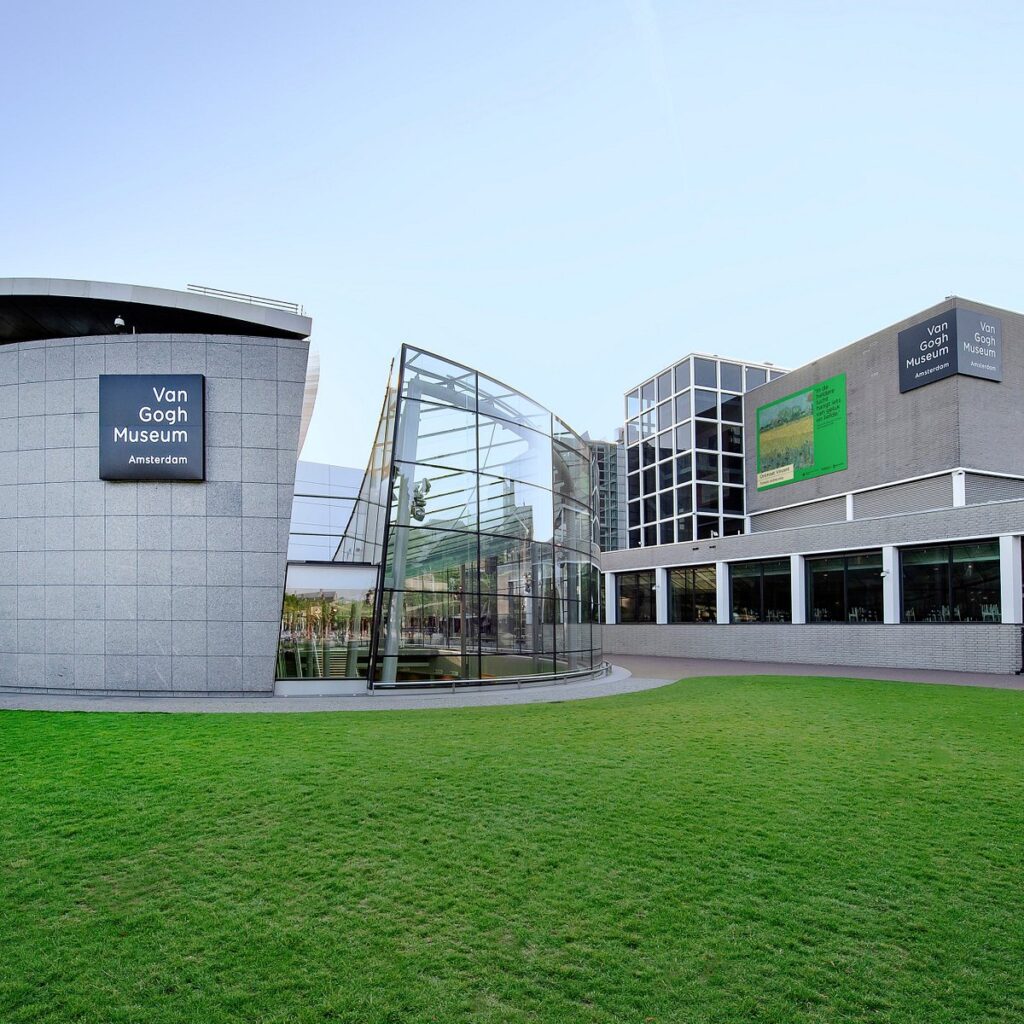
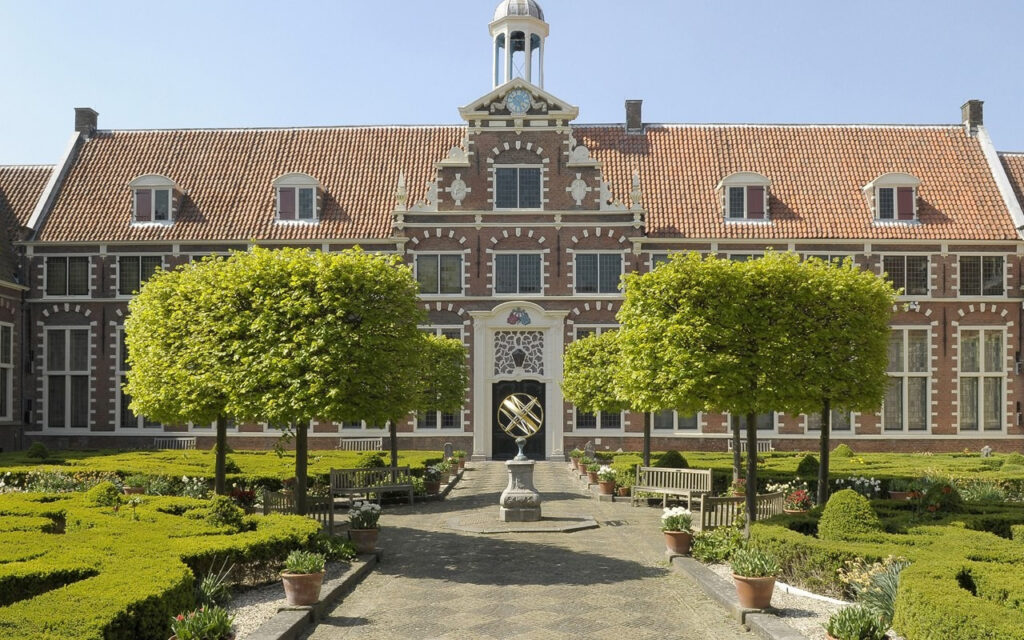
POST August 2020 – Color change
Dear participants,
After the introduction of the group of participants, this post is the second on-line activity of the masterclass The Dutch Method Unfolded. We are aiming at one activity a month with a post on the last week of each month until the masterclass takes place. Due to the uncertainties of current times we decided to set up an online program for the next three months. We hope that the program will trigger interactivity within the group of participants and increase your level knowledge on wax-resin linings.
Here is an overview of the program:
End August 2019: Color change in paintings after wax-resin linings
End September: Practical history of wax-resin linings
End October: Case study – 18th century Dutch painting lined by the Dutch conservator Mr. Hopman in the beginning of the 19th century
End November: Webinar (information to come)
Today’s post is about one important side effect of wax-resin linings: the alteration of colors in paintings. The program of the masterclass includes a workshop on color change in paintings after wax-resin linings. Because the masterclass is postponed we want to take the opportunity to engage and prepare you for this topic.
The ‘Workshop Guide Color Change’ presents the workshop as planned for the masterclass in 2021 and includes references of publications on the topic. The guide discusses the aims of the workshop and the teaching methods. Furthermore it describes the reconstructions made for the workshop.
The reconstructions consist of eighteen different ground types applied on two different types of canvas. The grounds recipes and the type of support used are reconstructions of grounds found in paintings from the 17th century onwards.
We are interested in your reaction on the types of grounds that we involved in the program. If you would be interested in testing another type of ground let us know. When relevant we can consider preparing some more. We encourage you to react on this post at the bottom of this page. In this way everybody can get involved.
All the best,
Emilie and Melissa

5 thoughts on “Protected: POST August 2020 – Color change”
Desi Dijkema Edit Thank you for sharing! I look forward to seeing the mockups in person. I would also be interested in a reconstruction with a pigmented rabbit-skin glue base layer, as Rothko used. What wax-resin recipe will be used? We have also made mockups at the Menil (lead white on cotton duck and linen, with three different thicknesses) and are currently investigating wax-resin recipes.
Wax Resin Edit Thank you for your reaction and suggestions. About the Rothko/pigmented rabbit-skin glue base layer. In the mock-ups we prepared there are strokes with pigmented rabbit-skin glue. For example panel A, the recipe #7 is composed of 10 g red ochre in animal glue and in panel B, the recipe #7 is composed of 10 g red tile in animal glue. The other glue bound grounds contain chalk and pigments. Is this what you are looking for? We could vary the types of pigments. Do you have specific types (and combinations) you are interested in? We can also change the thickness of application and the pigment volume concentration. What do you think? Another point of importance is that we applied the glue bound grounds on linen support. I can imagine that since your request regards Rothko painting technique, then the use of cotton duck would be more appropriate. The wax-resin recipes we will be using in the practical sessions will be explained in our next post! Thank you for letting us know about the mock-ups that you made at the Menil. Would you consider bringing some over to Amsterdam? Or maybe even post something about it on this website?
Desirae Dijkema Edit As you said, cotton duck canvas would be ideal. A mockup with an organic red pigment such as lithol red (though I realize that may be difficult to obtain) bound in rabbit skin glue on a cotton duck support would be very interesting to us. We are also interested in cadmium yellow bound in rabbit skin glue on cotton, as the painting we are studying seems to be largely composed of Cd-based paint layers. I can absolutely bring one mockup to Amsterdam, if we are able to finish it in time!
Amber Kerr Edit This is very well organized, thank you for sharing it. I am enthusiastic about the work we will be doing together and expanding my knowledge and understanding of wax-resin linings. I am curious as to whether we will also be testing unprimed/ungessoed paint on canvas? A number of works from early 20th century American painters (as well as other nationalities) were painted directly onto the substrate material/support and though we certainly know from the article “Crimes against the Cubists” what the saturation effect of the wax-resin lining had on the appearance, it may be interesting to test this and see the long-term effects of the direct contact with the paint through the canvas. I have a few in our collection that I’m very concerned about from the William H. Johnson paintings collection – which have burlap (Jute) substrates. Please know you are doing fantastic work – and I offer this only as a consideration. My best to all.
Wax Resin Edit Thank you for your kind words and suggestions. We are willing to prepare few mocks up which materials and physical characteristics mimic William H. Johnson’s painting technique. For this we would need some guidance. Does ‘unprimed/ungessoed’ implies that the canvas is also unsized? Because the strokes we made on the mock-ups are designed as grounds, but can also be interpreted as a paint layer without a ground underneath. For example in panel A recipes #3 and #7 are composed of red ocher in linseed oil, and recipe #8 consists of zinc white in linseed oil from a tube. Are you interested in other pigment compositions? Another approach would be to stick with the oil based recipes we already used but then on burlap? In that way the comparison with the mock-ups we already have made is possible, with a focus on the effect of the canvas support.
Comments are closed.

